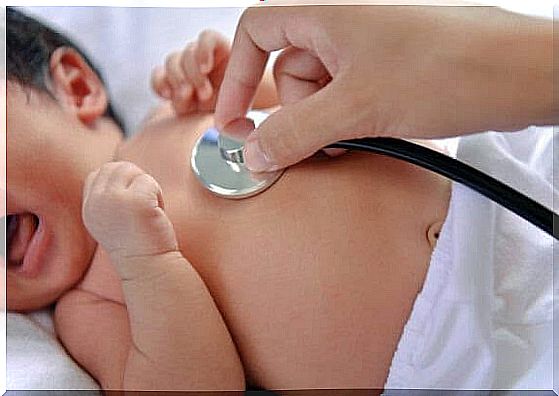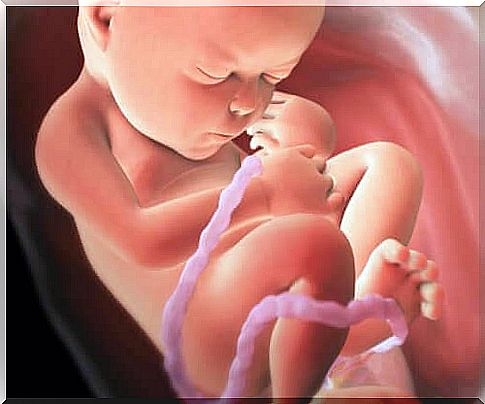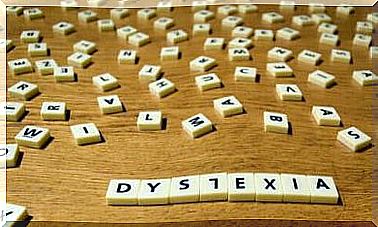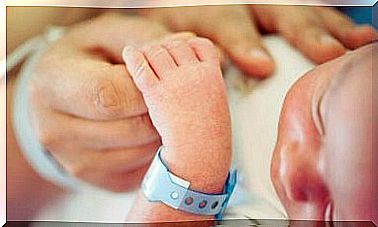Congenital Heart Defects: What It Is And How It Is Treated

During pregnancy, some fetuses may develop abnormalities or defects and congenital heart defects are among the most common and those that may worry expectant mothers the most. Learn more about this.
In other words, there are many different types of abnormalities that can affect all parts of the baby’s body and that is because it can affect everything from hands and feet to the baby’s heart.
Many expectant mothers feel overwhelmed by information about various problems and this makes them ask this question: What are congenital heart defects?
Congenital heart defects are anomalies that affect the cardiovascular system and are a condition that is present at birth.
Today we know much more about this condition and there are also many more measures and treatments. In addition, there is a lot of information about what causes this defect, what the different types are, as well as its symptoms and treatments.
Congenital heart defects
Previously, we had a specific definition of congenital heart defects. It is a birth defect where the baby’s heart has structural and cardiovascular problems.
Nowadays, when we talk about this disease, it can actually refer to a large number of heart diseases. They have the potential to endanger your child’s life during the first year. But with the right treatment, you can get through this condition and live a long life.
According to the American Academy of Pediatrics, between 1% and 2% of all malformations were born in the United States today.
At the same time, according to the American Heart Association, 9 out of 1,000 children have a congenital heart defect at birth. These data show that congenital heart defects are among the most common defects.

Causes of congenital heart defects
Let us now look at some of the possible causes of congenital heart defects in children. As you know, the fetal heart begins to develop shortly after conception and it is fully developed by the eighth week of pregnancy.
Sometime during these early weeks, this defect will be established. The main reason is that the heart did not go through all the necessary steps in development.
It is still a mystery why this happens and for the most part doctors cannot find a specific cause. Also, there is nothing mothers can do to prevent it and it does not help to feel stressed about it.
Types of congenital heart defects
Congenital heart defects have a few different classifications. Cardiologists say that they can be cyanotic and non-cyanotic errors. Some of the problems that children can suffer from are:
- Reduced blood flow to the lungs: When this happens, the oxygen content in the baby’s blood is too low and thus the rest of the body also suffers from lack of oxygen. This causes the baby to be cyanotic and therefore the skin looks bluish.
- Excessive blood flow to the lungs: This causes the lungs to work too hard and also increases the baby’s blood pressure.
- Too little blood flow through the body: This happens when the blood vessels are blocked and the blood cannot flow freely.
Based on these problems, cardiologists begin to treat the defects that cause them and can either cure them or alleviate the symptoms. This includes arterial canals and interatrial communication.
It can also include ventricular ducts, pulmonary valves and more. In addition, more than one heart disease can often coexist.

Treatment of heart problems
Pediatric cardiologists are responsible for treating each individual case individually and they have several different tools to do so. They can detect some problems even when the baby is still in the womb while other bugs can remain hidden until the baby is born.
To treat these ailments, the specialists decide what the most effective treatment is for the child. For example, the treatments may consist of medications and even surgeries. It depends entirely on each individual case and how serious it is as well as the child’s other health conditions.
As I said, the doctors decide when to perform an operation and sometimes you need to operate on the baby immediately or even in the womb. On the other hand, some children may wait for months or even years.









